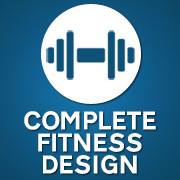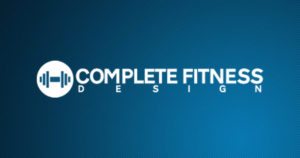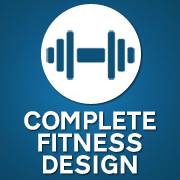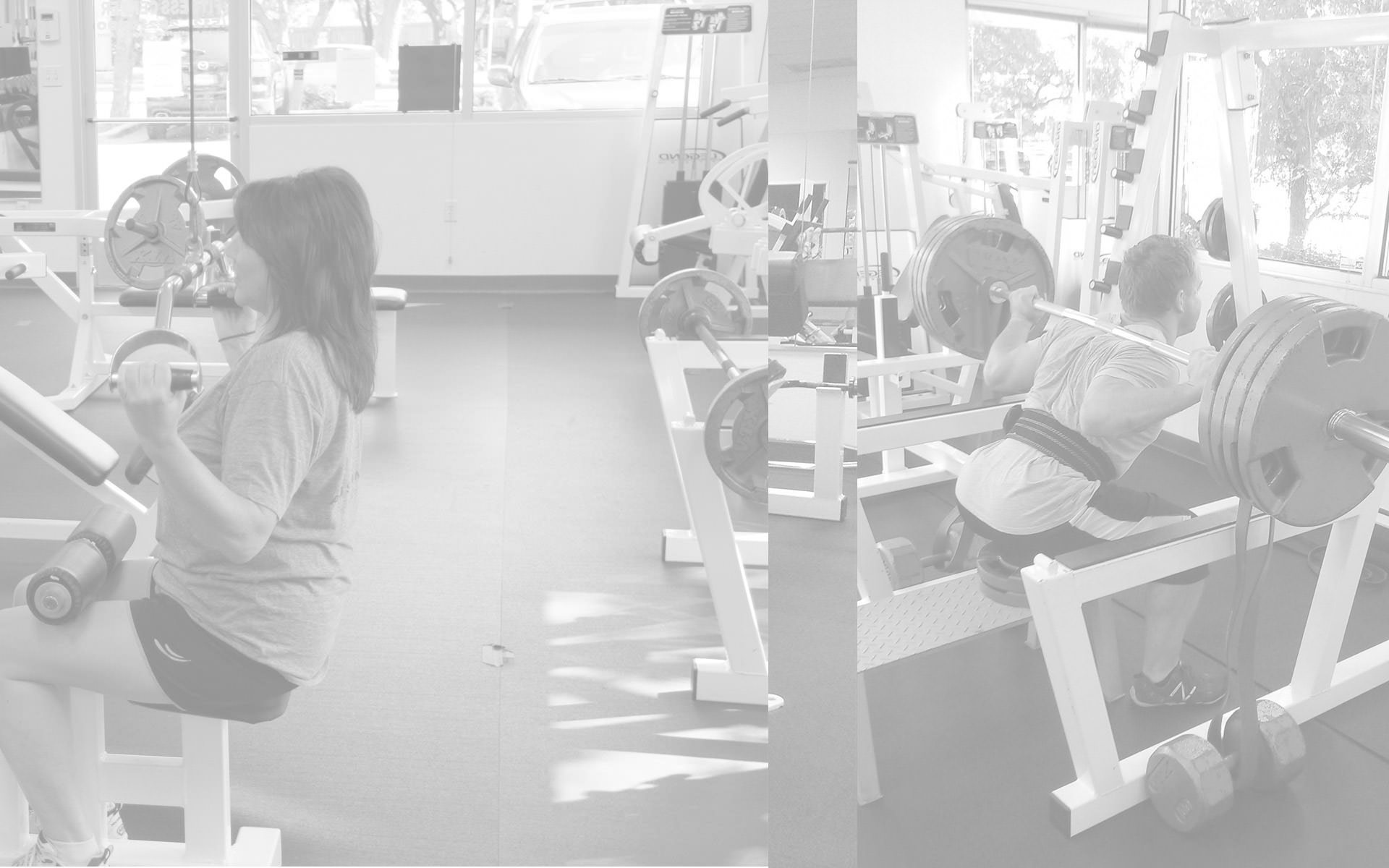Sport Specific Training For Any Athlete
When you’ve been an Austin personal trainer for over 20 years, as I have, you get an opportunity to meet all kinds of people. Since you’re dealing with the general public, you never really know who’s going to show up to that initial consultation based on an e mail or phone call, but by far, the vast majority of the hundreds and hundreds of people I’ve worked with, have been wonderful and it was a joy to have the opportunity to not only work with them, but to get to know them as well. That said, it’s also very interesting to me the various reasons some people hire me as their personal trainer. A great deal of the time, it’s for injury rehabilitation, and the subsequent strengthening of the injured or imbalanced area. A lot of people have come to me looking to lose weight, while others approached me in order to gain some weight. There’s a great multitude of reasons why people have sought me out to be their personal trainer, but one area that is always fun and interesting, is sport specific training.
Sport specific training is just what the name implies. It is personal training catered to the client’s success in a specific athletic endeavor, be it a single contest, such as an MMA fight, or a season of games, such as an NBA player. It doesn’t matter in the least if the client is a high school aged athlete, or a professional making millions of dollars. How I approach sport specific training is much the same as I approach any client for personal training. The very first thing to consider, after we discuss goals, and medical history, etc, is to look at imbalances, weaknesses, etc. Whether you are coming to me in order to lose a few pounds of fat, while adding some muscle tone, or you are playing on the PGA tour, the first thing I’m going to do, is give you a very thorough looking over, so to speak.
What exactly am I looking at? The answer is everything that’s applicable to you and whatever it is that’s standing between you and the successful acquisition of your goals. This could be, for instance, a tight hip flexor resulting in a pelvic tilt and a slight rotation, thus preventing the client who is looking to lose weight from comfortably being able to engage in cardiovascular activities, such as the elliptical machine without further exacerbating the imbalance. In the case of sport specific training, this would obviously apply every bit as much, but furthermore, I would be considering what exactly they need to be doing in their sport and what imbalances are not only preventing the client from being able to move, hit the ball, shuffle sideways, or whatever the case may be, but also what is potentially thwarting their progress within the realm of their sport specific skill set, as well as the hindrance placed upon those muscles which are required to excel at the highest level of their given sport.
If a PGA golfer, with whom I have successfully worked with quite a few, has a tightness in their left levator, for instance, it would translate very easily to a tight supraspinatus muscle, as well as a tightness through the anterior deltoid, and pectoral minor. The implications of such an imbalance for the client, professionally speaking, is that their golf swing is going to be not only compromised, but there will be other imbalances acquired, as there will be compensatory behaviors, be they voluntary or otherwise, and ultimately, the swing will not only be uncomfortable for the athlete, but it will be inefficient, and potentially damaging physically since other muscles will need to compensate for the shortened/weakened ones.
One question I often get from potential sport specific clients during our initial consultation, is firstly, how can I be sure what areas, need to be lengthened and/or strengthened, and secondly, how will that apply to their sport? These are perfectly valid questions, as there are potentially millions of dollars in prize moneys, contracts, and endorsements on the line. The answer is a process which I call corrective flexibility. That, simply put, is when I assess which muscles, as well as connective tissues, are structurally deficient, weak, tight, and imbalanced, and go about rectifying the problem through several different myofascial release techniques, incorporating various stretches, and the employment of very specific weight room techniques catered very specifically to that individual client’s needs.
The biggest misconceptions about sport specific training, usually come from the folks who aren’t the athletes with whom I would work with anyway, but rather, the folks who watch them on television every weekend. To stick with the previous example of a PGA golfer, these people often ask how I could give golf lessons to one of the best golfers in the world. Having trained a rather large number of PGA, as well as lower level players, the answer is simple, and a tad obvious. I don’t teach golf lessons any more than I teach football, bodybuilding, figure skating, baseball, rugby, rowing, basketball, or any sport to novices, or the highest level of professionals. Sport specific training is very individualized not only to the particular client, but to their sport as well. I need not know the difference between a birdie and bogie, and in fact, I didn’t. A longtime friend, client, and PGA golfer, Omar Uresti, taught me the difference between the 2 several months into our training. What I do know, however, are the muscles involved for specific bodily functions of whatever the sport or game is, and how I can not only relieve any imbalances there within, but strengthen them as well, so whatever movement is performed, it is stronger, better stabilized, and thus, more efficient.
In Mr. Uresti’s case, this was accomplished by us going to a nearby golf course and me watching him hit any number of balls, utilizing various techniques that are essential to his game, such as putting, driving, a long hooking shot, etc, with different clubs and in different conditions, such as in the sand trap, on the rough, and so on.
While my input to him as a golf coach would be rather worthless, my valued input to him, and all of the other professional athletes I have worked with in my 21 years as an Austin personal trainer, was focused on what muscles he uses in HIS particular swinging technique, which encompasses everything from what muscles are behind the propulsion of the club, to what muscles are stabilizing and thus allowing the antagonist muscles to function as efficiently as they need to, in order to hit the best possible shot, in Mr. Uresti’s case. Shot after shot, hole after hole, and round after round, these aforementioned antagonists and stabilizers must do their jobs with machine like efficiency, otherwise we would have have failed, and he wouldn’t be competitive. We collect the data at the golf course, and over time at the gym, we correct any and all imbalances, relieve tightness’s, and strengthen what needs to be stronger for HIS game. This way, when he heads out on the course, or it’s an NFL player heading out on the field, whether it’s televised or not, he is not only using his talents, and skills, to the utmost efficiency, but he is progressing as a player and striving towards his utmost potential.
Ready to Get Started?






